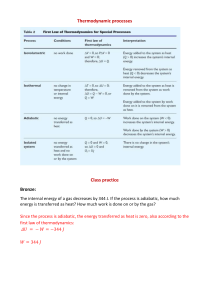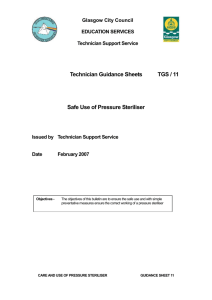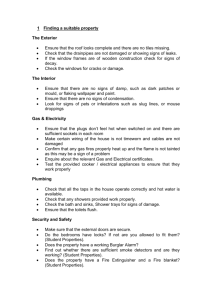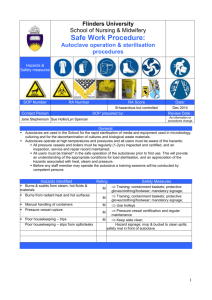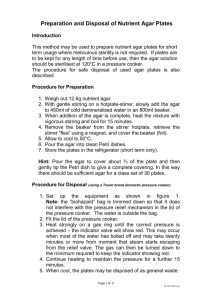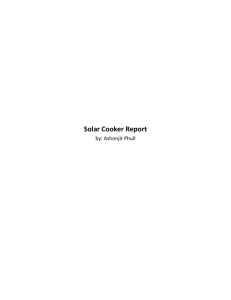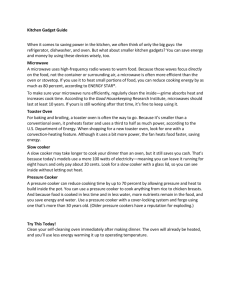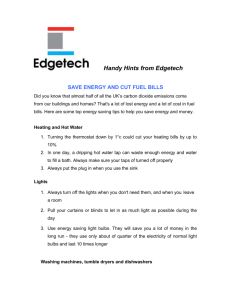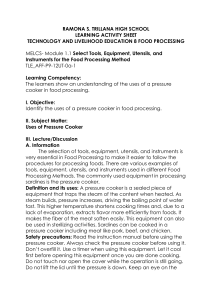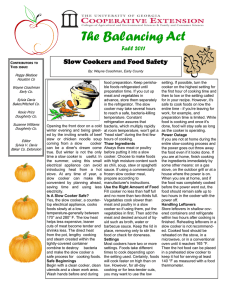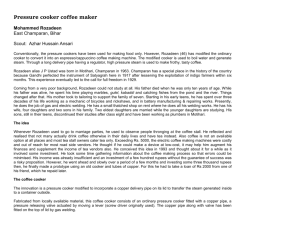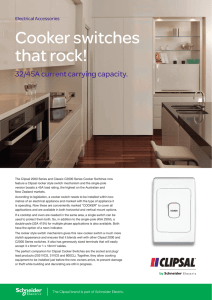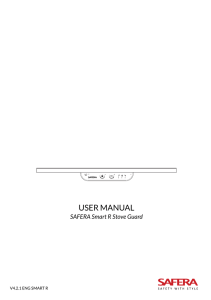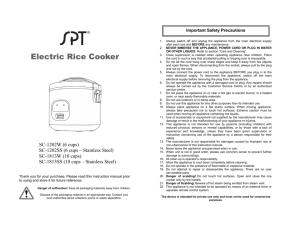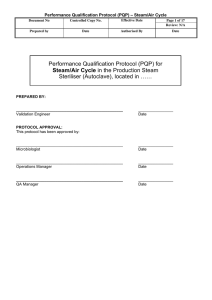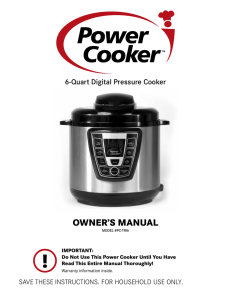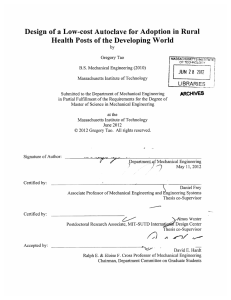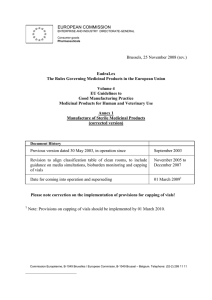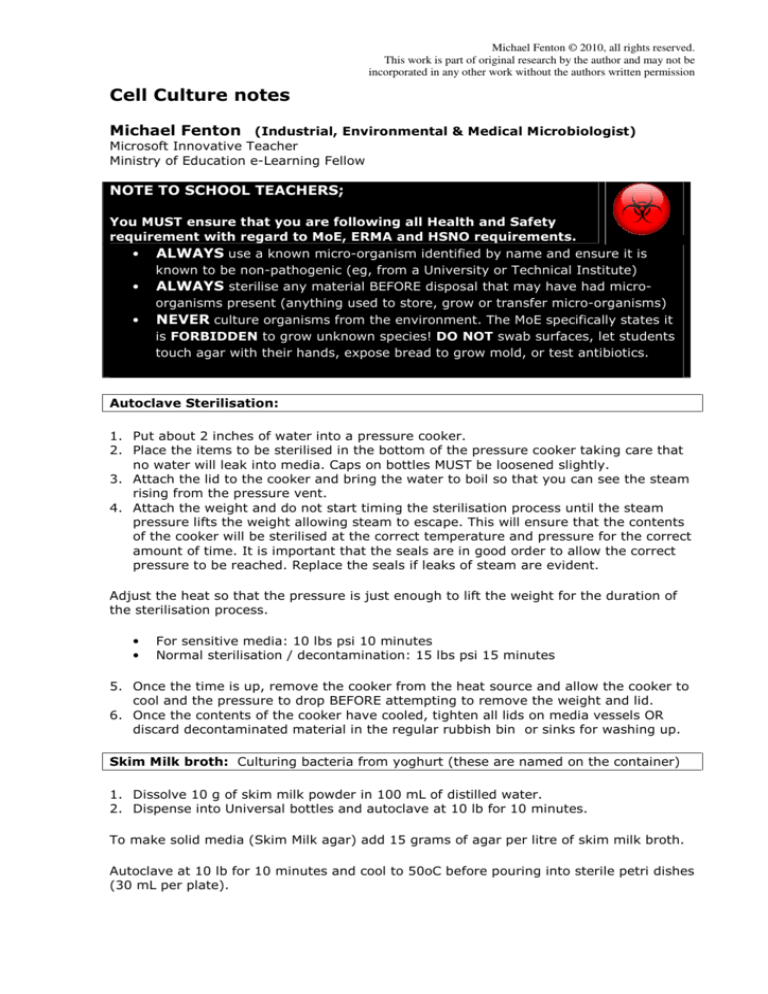
Michael Fenton © 2010, all rights reserved.
This work is part of original research by the author and may not be
incorporated in any other work without the authors written permission
Cell Culture notes
Michael Fenton (Industrial, Environmental & Medical Microbiologist)
Microsoft Innovative Teacher
Ministry of Education e-Learning Fellow
NOTE TO SCHOOL TEACHERS;
You MUST ensure that you are following all Health and Safety
requirement with regard to MoE, ERMA and HSNO requirements.
• ALWAYS use a known micro-organism identified by name and ensure it is
known to be non-pathogenic (eg, from a University or Technical Institute)
• ALWAYS sterilise any material BEFORE disposal that may have had microorganisms present (anything used to store, grow or transfer micro-organisms)
• NEVER culture organisms from the environment. The MoE specifically states it
is FORBIDDEN to grow unknown species! DO NOT swab surfaces, let students
touch agar with their hands, expose bread to grow mold, or test antibiotics.
Autoclave Sterilisation:
1. Put about 2 inches of water into a pressure cooker.
2. Place the items to be sterilised in the bottom of the pressure cooker taking care that
no water will leak into media. Caps on bottles MUST be loosened slightly.
3. Attach the lid to the cooker and bring the water to boil so that you can see the steam
rising from the pressure vent.
4. Attach the weight and do not start timing the sterilisation process until the steam
pressure lifts the weight allowing steam to escape. This will ensure that the contents
of the cooker will be sterilised at the correct temperature and pressure for the correct
amount of time. It is important that the seals are in good order to allow the correct
pressure to be reached. Replace the seals if leaks of steam are evident.
Adjust the heat so that the pressure is just enough to lift the weight for the duration of
the sterilisation process.
•
•
For sensitive media: 10 lbs psi 10 minutes
Normal sterilisation / decontamination: 15 lbs psi 15 minutes
5. Once the time is up, remove the cooker from the heat source and allow the cooker to
cool and the pressure to drop BEFORE attempting to remove the weight and lid.
6. Once the contents of the cooker have cooled, tighten all lids on media vessels OR
discard decontaminated material in the regular rubbish bin or sinks for washing up.
Skim Milk broth: Culturing bacteria from yoghurt (these are named on the container)
1. Dissolve 10 g of skim milk powder in 100 mL of distilled water.
2. Dispense into Universal bottles and autoclave at 10 lb for 10 minutes.
To make solid media (Skim Milk agar) add 15 grams of agar per litre of skim milk broth.
Autoclave at 10 lb for 10 minutes and cool to 50oC before pouring into sterile petri dishes
(30 mL per plate).

